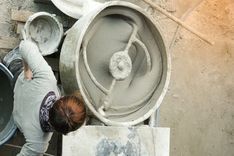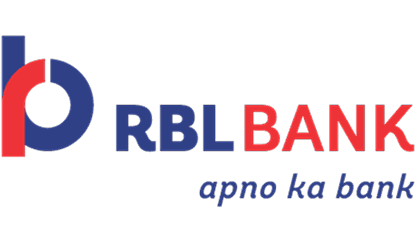Achieving the right concrete mix is critical for small and midsized construction projects. Every structure—from footings and slabs to small beams and columns—relies on an appropriate mix to deliver strength, workability, durability and cost-efficiency. This guide walks MSMEs through the principles, methods, and practical steps for choosing the ideal mix, backed by current standards, market trends and field data.
Why mix design matters
Concrete mix design influences strength, longevity and cost. Incorrect proportions can lead to poor concrete strength, cracking, poor finish, elevated costs or structural failure. With road and bridge infrastructure rapidly expanding—India's ReadyMix concrete (RMC) sector is projected to grow at 7 % CAGR from 248.8 million m³ in 2024 to 373.3 million m³ by 2030—optimal mix design is now more essential than ever.
Key factors in mix selection
Engineers must balance several core parameters:
Target compressive strength, typically at 28 days (e.g. M25, M30)
Workability, measured by slump, to suit placement and compaction methods
Durability, considering environmental exposure
Economy, with optimized water cement ratio and materials use
Material quality, including cement grade, aggregate type, and admixtures.
Understanding IS 10262 guidelines
India’s IS 10262-2019 provides a structured approach to mix design. IS 10262 - 2019 provides the guidelines for proportioning concrete mixes as per the requirements using the concrete making materials. The proportioning is carried out to achieve specified characteristics at specified age, workability of fresh concrete and durability requirements. It outlines steps such as target strength calculation, water cement ratio selection, material proportions, trial mixes, and adjustments. This ensures a balance between concrete properties and cost.
Steps in mix proportioning
Determine design strength, adding a margin to characteristic strength.
Select water cement ratio based on durability requirements and IS 456 guidelines.
Choose water content as per desired slump and aggregate size.
Calculate cement requirements, ensuring it exceeds minimum limits.
Define aggregate proportions, based on sieve analysis and standards.
Conduct trial mixes, measuring slump and making adjustments.
Nominal vs designed mixes
Nominal mixes (e.g. 1:2:4 for M20) suit small jobs but vary in strength and usage. Designed mixes, based on IS 10262, offer predictability and economy, essential for structural or long-lasting applications.
Role of ReadyMix concrete (RMC)
RMC offers consistent quality, speed, reduced waste, and lower labour dependence. India’s RMC market is growing thanks to infrastructure and housing demand. While convenient for medium and large jobs, small projects must weigh logistics, minimum order sizes and site access challenges.
Admixtures, sustainability and innovation
Modern mixes include admixtures (e.g. superplasticisers, waterproofing agents), fibre reinforcement, and supplementary cementitious materials (fly ash, GGBS, silica fume). These enhance strength, reduce shrinkage, and improve durability. Geopolymer concrete—developed by IIT Indore—can cut CO₂ emissions by 80 % with 20 % cost savings, eliminating the need for water curing.
Quality assurance and testing
Proper quality control is essential for mix validation:
Cube testing for compressive strength
Slump tests for workability consistency
Aggregate grading and moisture checks
Regular audits of batching, mixing, placement and curing.
Practical tips for MSMEs
Use IS graded materials and keep batch-level recordkeeping.
Adjust water content for ambient conditions.
Keep trial mixes within ±5 mm slump variation.
Factor in local exposure classes for durability.
Optimize material proportions to reduce waste and cost.
Benefits of customized mix design
Tailored mixes yield:
Structural reliability and durability
Cost savings of 10–15 % compared to nominal mixes
Environmental gains through lower cement usage
Reduced on-site risk and rework
Conclusion
Choosing the right concrete mix design is nonnegotiable for safety, performance, sustainability and cost. For small and midsized projects, following IS 10262, conducting trial mixes, applying quality control, and exploring innovative materials will significantly enhance outcomes. Growing trends in RMC and green mixes make mix design more crucial—and more accessible. MSMEs that prioritise mix optimization position themselves as leaders in quality, efficiency and resilience in construction.




 +91 7208055523
+91 7208055523
 Help & support
Help & support
